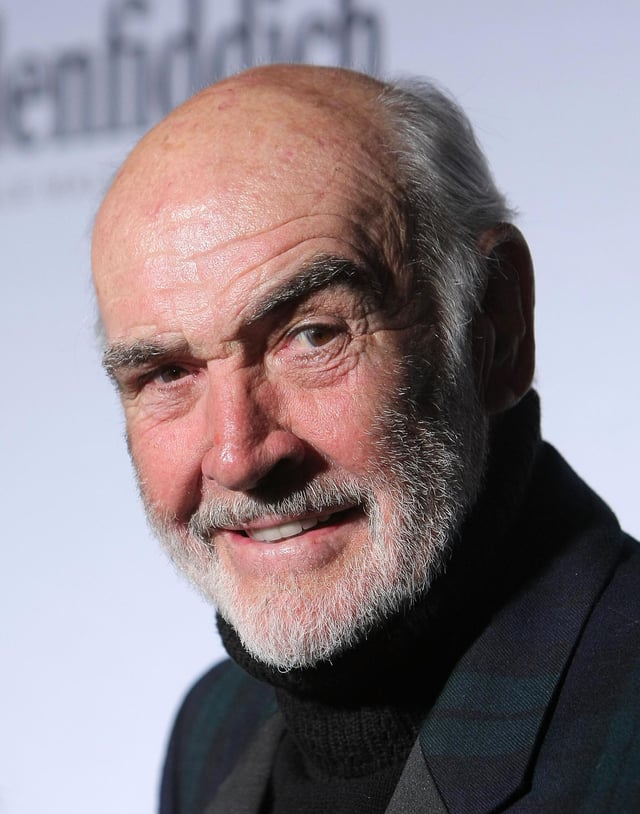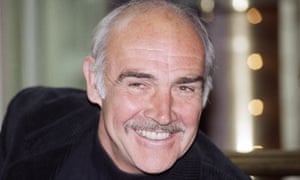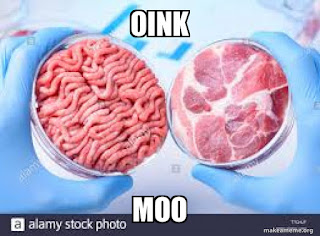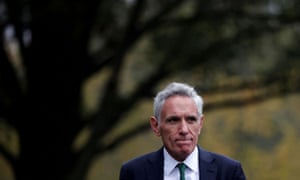Locals teed off about new Trump golf course in Scotland
Published on October 30, 2020 By Agence France-Presse

David Milne, seen on a hillside above the clubhouse of Donald Trump's International Golf Links course on Scotland's east coast, is aghast that the local council has given the go-ahead for a second course (AFP)
On the roof of his house overlooking the sea in northeast Scotland, David Milne stands below a Mexican flag and stares down at a palatial golf clubhouse owned by Donald Trump.
Milne has been a major opponent of the development ever since the US president began building the Trump International Golf Links near the village of Balmedie in 2006.
But he is now scratching his head in disbelief that the local Aberdeenshire Council has given the go ahead for a second course beside the sand dunes just a few miles away.
“There’s no justification for this golf course,” he told AFP.
“The first course that’s here is losing money. It’s never turned a profit since it opened its doors. It’s done nothing but damage to this area.
“So, why do you want to build a second one and destroy more landscape?”
Milne said the surrounding countryside and its coastal paths used to be visited by throngs of tourists and bird-watchers.
But tramping through the dunes off the windswept beach is nearly impossible now, as the course has been blocked off with wire fencing.
Loss-making
Trump International Golf Links is one of three golf resorts the outspoken US tycoon-turned-politician and his family own in Europe.
One is in Ireland while the two others — Turnberry and Trump International — are in Scotland, the ancestral home of his mother, Mary, who came from the northwest Isle of Lewis.
Trump bought the 1,400 acres (567 hectares) of land north of the city of Aberdeen in 2006, and in characteristic style pledged to build “the world’s best golf course”.
He promised to create 6,000 jobs and invest £1 billion ($1.3 billion, 1.1 billion euros).
The links opened in 2012 but in October last year, Trump International Golf Club Scotland reported a loss of £1.07 million for 2018 after a £1.25 million loss in 2017.
The two courses employed around 650 temporary and permanent staff in 2018.
Milne says Trump offered him $260,000, jewelry and a golf club membership for his house, which is built on roughly one-fifth of an acre of land bordering the course.
But he refused. In retaliation, a row of trees was planted in front of his house. Then a fence was built and Trump sent him the $3,500 bill, he added.
“The Mexican flag first went up when I first heard Donald Trump talking about the wall on the Mexican border and making the Mexicans pay for it,” he said.
“That struck a chord with me because he’s already tried that, right here at this site.”
On a sand dune where construction for the new Trump course has been given the go ahead, local Democratic and Green Group councillor Paul Johnston is as baffled as Milne.
“The success of the other one has to be proven first and it’s not exactly a success,” said Johnston, who opposed the plans on environmental grounds.
“Far from it. It makes a loss every year. A lot of people around here probably do feel misled by the whole fiasco.”
Not everyone is opposed, however.
Stewart Spence, the 70-year-old owner of the five-star Marcliffe Hotel in Aberdeen, a half-hour drive from Balmedie, said Trump’s investment has paid dividends locally.
“The amount of business it has brought into the area obviously is enormous,” he said.
“The spin-off has been for restaurants, chauffeur drivers and everything else. People will come and stay two or three nights.
“They might eat one night at my hotel and the other nights they go out to eat in restaurants.”
Flagging interest
Trump visited Scotland before his shock 2016 presidential election win, and was serenaded on his arrival at Glasgow Prestwick Airport by a spoof Mariachi band, “Juan Direction”.
The musicians were also armed with a wheelbarrow full of bricks for his border wall.
Trump’s chaotic four years as the president has taken its toll on his political opponents in the United States, where he is seeking a second term of office at elections next week.
In Scotland, Milne knows how they feel.
He said he has been promised a lifetime supply of Mexican flags from friends he gained there by refusing to budge.
“I put the flag up as a token of respect and solidarity with the Mexican people,” he said, his voice cracking with emotion.
“I said the flag would fly as long as Donald Trump is president. Should he lose the election, the flag will come down.
“That is not a reflection on the Mexican people. It’s just no longer required. They won.”




















